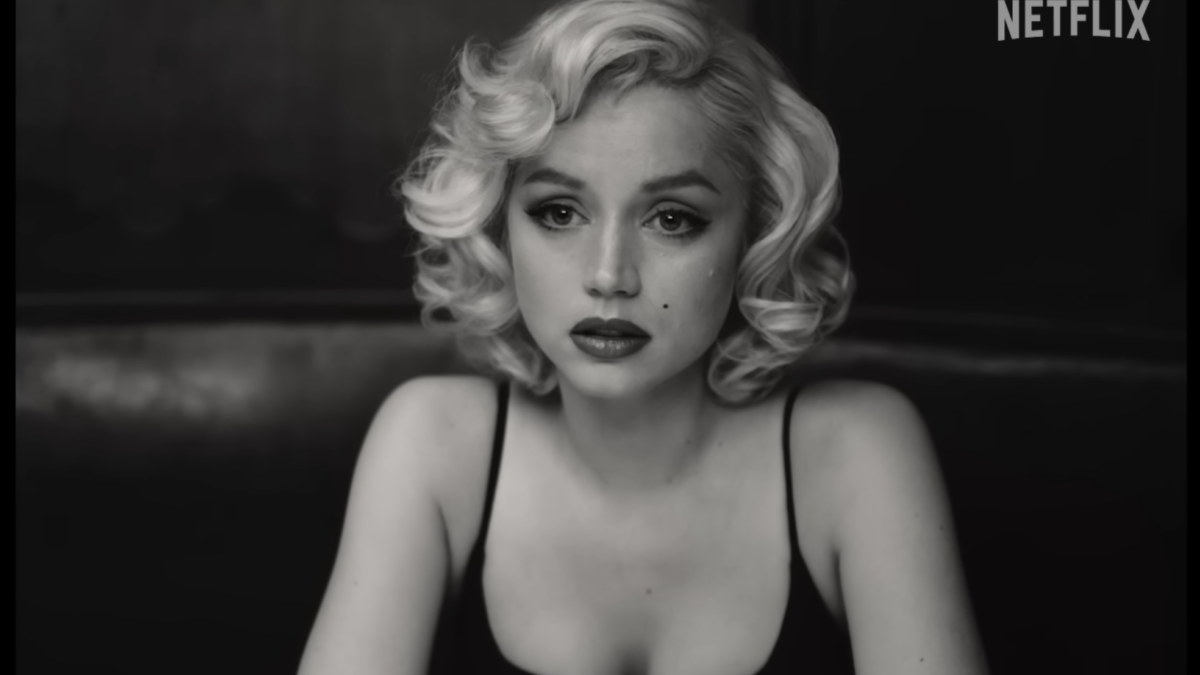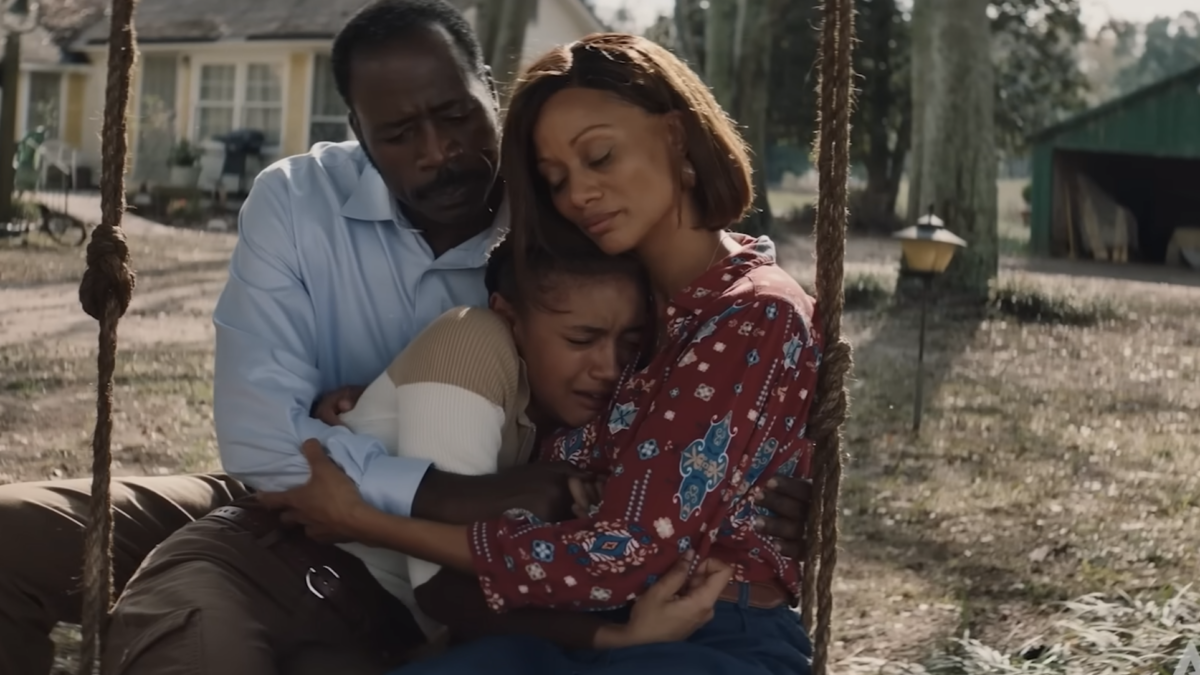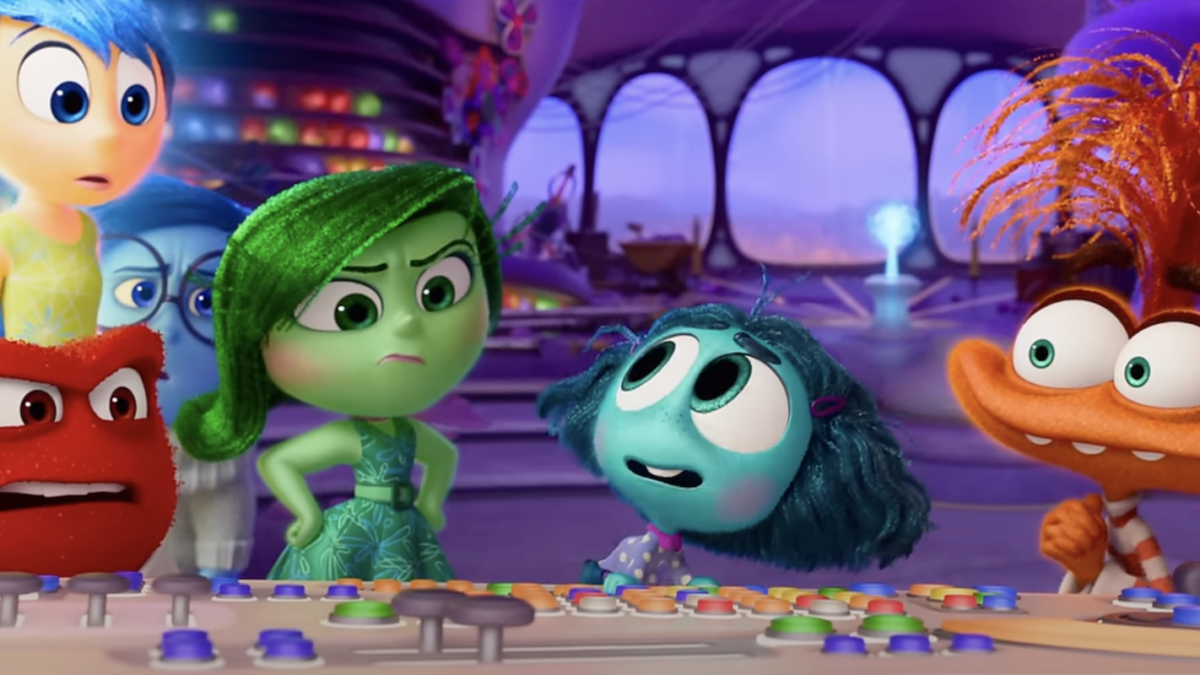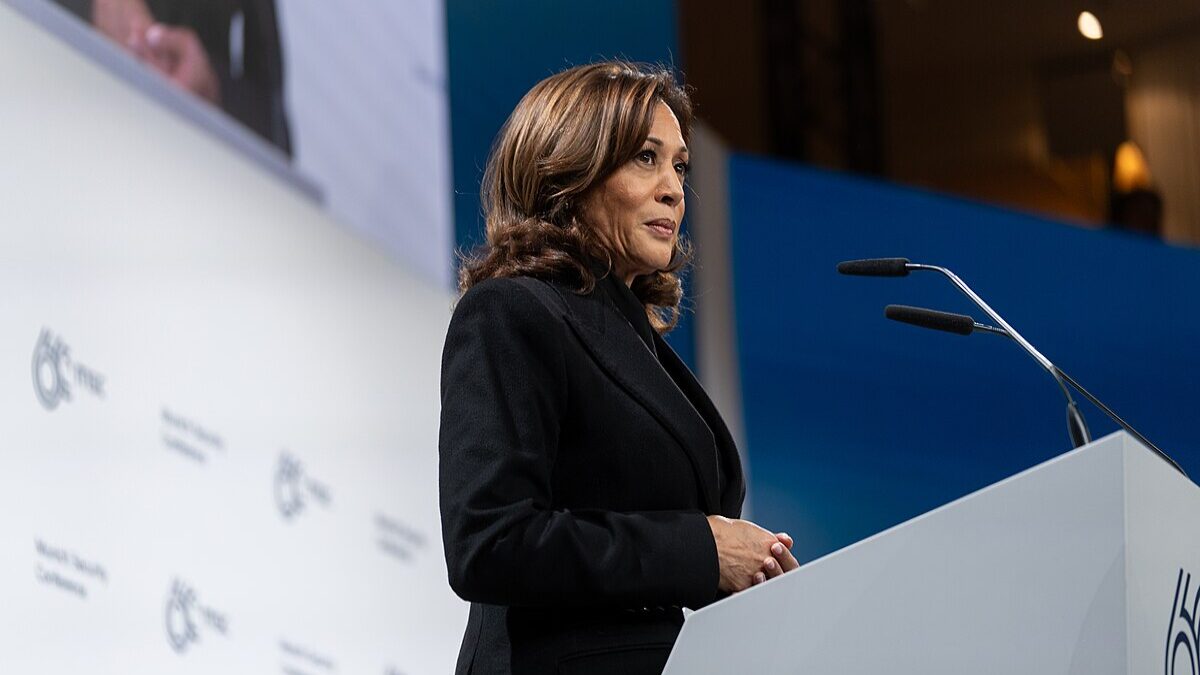The first Netflix movie ever to receive an “NC-17” rating, writer and director Andrew Dominik’s “Blonde” has what some might consider an unfair advantage over the 2001 version of the Marilyn Monroe drama. The levels of salty language, frontal nudity, and beyond “R” depictions of sexual situations are high — something only a minority of audiences will appreciate. The remaining viewers will likely find the content of the new film adaptation to be excessively and unnecessarily graphic and downbeat.
Originally planned to be a 175-page novella, writer Joyce Carol Oates’ finished work “Blonde” came in at more than 700 pages. Oates has stated multiple times since its 2000 release that “Blonde” is a work of fiction, although the bulk of the secondary characters are barely cloaked versions of real people, and the title subject is referred to by both her birth name (Norma Jean Mortenson) and professional moniker (Marilyn Monroe). When you throw past actual events into the mix, it’s easy to understand why readers (and later viewers) would be confused.
Oates and her publisher HarperCollins would have served themselves and readers better by presenting “Blonde” as “revisionist” — a storytelling device that blurs the lines between good and evil and truth and fiction and has a long history in film. Initially employed in Westerns, revisionism has enjoyed something of a resurgence lately with titles such as “Once Upon a Time in Hollywood,” “Spencer,” “Argo,” “Marie Antoinette,” and director Isaiah Washington’s masterpiece “Corsicana” from earlier this year.
Both the 2001 and 2022 film adaptations of “Blonde” fit squarely into the revisionist milieu yet are worlds apart regarding tone, approach, look, and content. While many of these differences are rooted in the two filmmakers’ visions, the majority of the contrast can be attributed to ratings limitations.
The 2001 version — directed by Joyce Chopra (“Law & Order”) and written by Joyce Eliason (“The Last Don”) — was a TV movie, originally broadcast on CBS. It is rated TV-14, which falls somewhere between the MPAA “PG” and “PG-13” ratings, indicating the most “mature” content at the time. This means no nudity, no profanity, and a minimum amount of violence. More prominent in the advent of premium cable, the TV-MA rating indicates anything goes; it is the hard “R” equivalent for episodic television.
While certainly no day at the beach, Chopra’s version is also a downer but has advantages over the new film that mass audiences will find more approachable, viewer-friendly, and less “in-your-face.” A prime example is the first encounter between Norma Jean and a nameless studio executive believed to be based on 20th Century Fox co-founder Darryl F. Zanuck.
The earlier movie shows Norma Jean being ordered to lie down on a white bearskin rug, immediately followed by a scene of her in a restroom appearing disheveled and out of sorts. The new film leaves nothing whatsoever to the imagination and could be the bluntest and most accurate visual definition of a “casting couch” encounter.
Chopra’s 2001 “Blonde” takes a “less is more” approach. It’s what we don’t see that gets into our heads and dares our imaginations to fill in the blanks. From this perspective, the 2001 take is vastly superior to Dominik’s sledgehammer rendering.
Both films deserve kudos for devoting significant portions of their narratives to Norma Jean’s nightmare of a childhood and years spent with her mother Gladys Baker. An unstable and volatile woman who worked as a film editor, Baker believed it was the birth of her daughter that drove away the unnamed father (identified earlier this year via DNA to be Charles Stanley Gifford, a film lab technician).
The mental and physical abuse levied on her by Gladys and never knowing the identity of her father forever tainted Monroe’s psyche. By choice and otherwise, she never had children, and she regularly addressed her three husbands as “Daddy.” Again, the way the respective directors present these childhood passages is radically different. Dominik’s treatment is a horror-drenched fever dream whereas Chopra is more realistic — which should not be confused with “sanitized.”
Likely because of budgetary restraints, Chopra could not afford to include the same lavish recreations of Monroe’s more memorable movie scenes. While both include knockout takes on the “Diamonds Are a Girl’s Best Friend” song and dance number from “Gentleman Prefer Blondes,” Dominik, with $22 million to play with, includes iconic passages seen in “The Seven Year Itch,” “Niagara,” and “Some Like it Hot.”
The cinematography of Dominik’s film is all over the map in a “JFK” sort of way. He mixes black and white and color stocks, offers differing aspect ratios, and, on occasion, throws in some CGI. It’s very artsy but also more than a little show-offish. Dominik clearly values style over content.
Chopra’s effort — making the most of a modest TV movie budget — goes the more traditional route and closely reflects the time in which the story is set. There are no fancy bells and whistles and only one scene employs noticeable special effects. The palate is colorful and lush and looks like an actual Monroe film.
Both sets of filmmakers showed immense restraint and resisted almost certain temptations by being either quite vague about or totally avoiding the events surrounding Monroe’s death. There are no mentions of the cause or the inclusion of any conspiracy theories. For more on that subject check out this year’s uneven “The Mystery of Marilyn Monroe: The Unheard Tapes” on Netflix.
Lastly, neither of these movies would have worked (and both do quite well in different ways) without the stellar performances in the title roles by Poppy Montgomery (2001) and Ana de Armas (2022). A naturally blonde native Australian, Montgomery also has a curvier figure and thoroughly nails Monroe’s breathy accent. The shorter Cuban-born de Armas wears blue contacts and occasionally lets the accent slip, but also conquers what is by far a taller, more demanding acting order.
There are more than a dozen movies listed on Wikipedia identified as being about Marilyn Monroe. Besides the two discussed here, the only other one worth your investment of time is the live-action “My Week with Marilyn” from 2011, directed by Simon Curtis and starring Michelle Williams as Monroe (now on Kanopy).
The 2001 “Blonde” is available for free (with commercials) on Amazon Prime, and the new “Blonde” is out now on Netflix.









